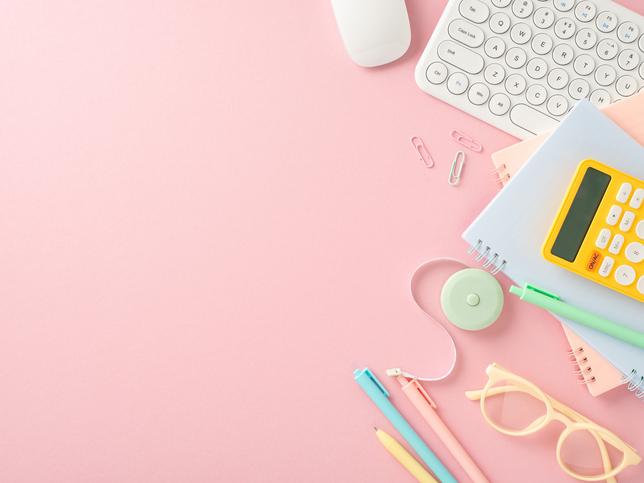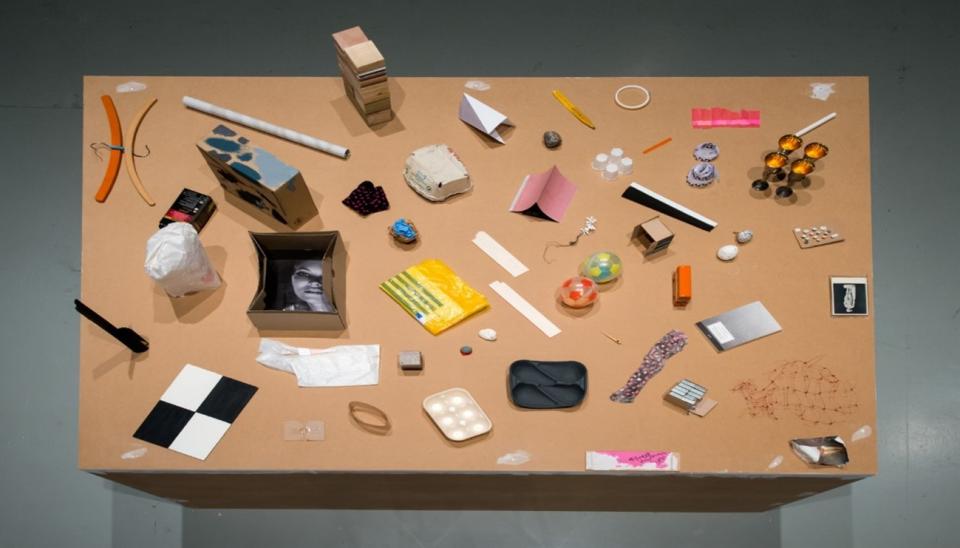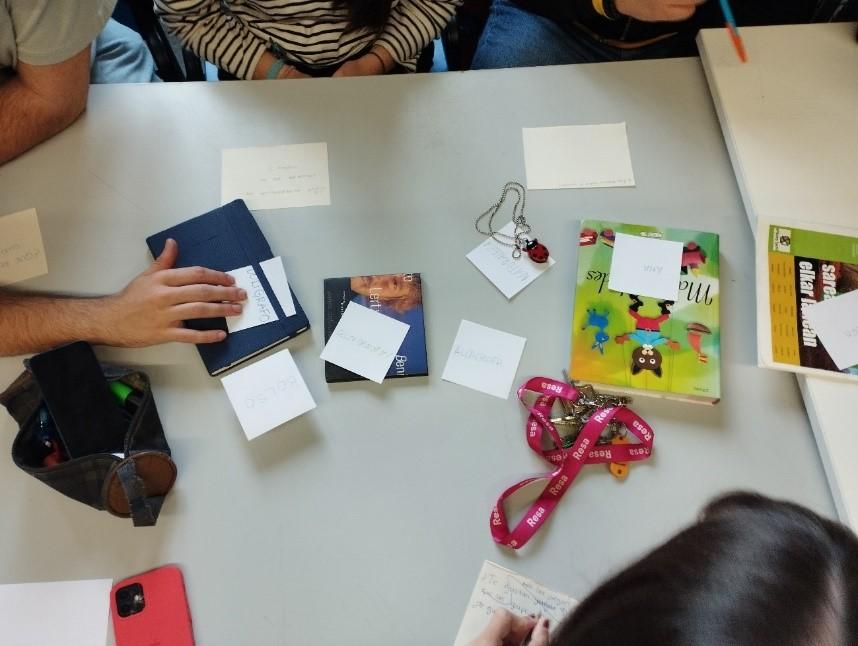
Use everyday objects to educate student teachers
By using simple, familiar items and fostering open dialogue, we can encourage critical reflection in our students, transforming traditional teaching models into more inclusive learning experiences

You may also like
Popular resources
The session began with a simple yet purposeful gesture: the teacher placed a “pedagogical trigger” in the centre of the classroom – an ordinary item that, in any other context, might go unnoticed. By presenting it as a focal point, students were invited to rediscover it, to observe how a simple everyday object could hold profound meanings and transform the classroom into a space of reflection and critical learning.
Why use everyday objects in teacher training? This session aimed to explore how they can act as triggers for learning, revealing their value as cultural artefacts laden with social, philosophical and semiotic connotations. These objects offer a practical and accessible means to make the abstract more tangible, encouraging students to engage with their environment critically. By using everyday items, the classroom becomes a dynamic space to question the relevance of these objects in our lives, their role in education and their potential to help us deconstruct and reconsider accepted teaching models.
How do we implement the practice table approach? To continue this exploration, the students, organised in groups, placed their objects on the table, creating a “practice table” inspired by the work of the academic Sean Edwards.

The practice table was not merely a collection of objects; it was a transformative space where future teachers explored the power of objects to deconstruct pedagogical models and reflect on how these models could be changed. This hands-on exercise allowed participants to move from theory to practice, illustrating how everyday items can initiate critical conversations about pedagogy.

Each participant contributed a piece of their own school history to the table – a fragment of their educational memory: calculators, notebooks, coloured stickers, textbooks, toys and many other everyday items that, gathered together, took on new significance.
Why do this? It reveals the extraordinary in the ordinary. The practice table became a shared space of experiences and memories, with each object representing a network of cultural and social meanings. They were not just material items but “more-than-human entities” with agency in the learning process.
Practical steps for reflection and engagement
Each student was asked to observe their object and write a word that captured the essence of what it represented to them. This word became a seed for further exploration – a hint of a deeper meaning for us to unpack later. We then created a visualisation of the words generated by the students, making abstract ideas more accessible and tangible.
Formulating powerful questions
Each group member was required to formulate a powerful question about one of their peer’s objects, inspired by Paulo Freire’s book Pedagogy of the Oppressed. These questions aimed to provoke more profound reflection, encourage exploration and broaden perspectives, fostering critical analysis and collective discovery. This approach emphasises how asking the right questions is often more impactful than merely providing answers. Some of the powerful questions included:
1: Does drawing help you notice more about your reality?
2: How has this object helped shape who you are today?
3: What stories help us understand your childhood and your current reality?
What emerged: insights and narrative discovery
As students responded to these questions, narratives emerged that revealed previously hidden aspects of their relationships with these objects, as well as insights into their identities as future educators.
One student, when reflecting on her calculator, recalled something she had never considered before: in primary school, she had used that calculator in the playground to help her friends solve maths problems. What seemed a trivial act at the time, in fact, contained the seed of her calling to become a teacher. Here, peer learning took on a central role – this practice did not create a hierarchy of knowledge but instead promoted mutual support and horizontal learning. For this student, the calculator transformed from a worn-out object into a symbol of her desire to teach and share knowledge.
- Using films to encourage reflection and critical thinking in your teaching
- Four strategies that rethink whole-group discussions
- Revolving roles: creating inclusive, engaging, participant-led learning activities
Another student brought a green sticker – one of the rewards he had received in primary school. While answering the question about the significance of the sticker, he remembered how a teacher, in an effort to motivate him, had promised one if he completed his tasks well. Although he now recognised the behaviourist nature of this practice, he also reflected on the positive impact that the sticker had had on him – providing an initial push to strive and improve. The green sticker contained, in its simplicity, the beginning of his academic motivation, a motivation that led him to pursue teaching. It also encouraged him to consider how he would motivate his future students without relying on external rewards.
Concept mapping: reimagining everyday objects in education
We concluded the round of questions with the creation of a small concept map. These maps illustrated the symbolic and practical importance of objects in the educational process. This helped reimagine everyday objects as powerful pedagogical tools that could enrich teaching.
After the round of responses, each group was guided to create a pedagogical cartography – a conceptual creation that visually represented the connections between their objects, their personal stories and the educational models they had internalised. This cartographic process went beyond simply organising memories and concepts; it became a way of materialising entanglement – the “intertwining” that anthropologist and author Tim Ingold describes as “a meshwork of interwoven lines of growth and movement” in his article “Bringing things to life: creative entanglements in a world of materials”. Each line and connection within the cartography generated an ongoing dialogue about education – an expanding network that linked the students’ trajectories and objects that, initially, seemed unrelated.
Creating a shared space for dialogue
Finally, the groups gathered in a circle, forming an agora in the centre of the classroom.
This open space, more than just a simple sharing session, transformed into a moment of narrative knowledge where each student shared their map and reflected collectively on what their objects and stories had revealed to them. In this dialogue, pedagogical knowledge emerged from both the visible/material and the invisible/immaterial entanglements of the objects, giving the students the opportunity to generate shared, enriched and complex knowledge.
Key takeaways for educators
The session clearly affirmed Rachel Sharp and Anthony Green’s assertion in Education and Social Control that the models upon which teaching practice is developed are influenced more by those experienced as students than by those acquired through professional training. Without an explicit deconstruction of these models and a critical analysis of their objects, these future teachers might have been limited to reproducing the practices they knew. This mapping of stories and trajectories was essential to create the possibility of constructing new ways of being teachers – ways that align more closely with students’ lives and with the agency of objects in learning.
How to apply this in your teaching practice
1. Use everyday objects: Incorporate simple, familiar items into the classroom to prompt reflection and discussion. These objects can help connect theory to personal experience, making abstract concepts more relatable.
2. Ask powerful questions: Encourage students to deeply question the meanings behind these objects. This cultivates critical thinking and reflective practice, which are key components of teacher education.
3. Create pedagogical cartographies: Have students visually map the connections between their learning experiences, personal histories and educational concepts. This process allows them to see learning as interconnected rather than isolated.
4. Form an agora: Foster a space for dialogue where students can share their reflections collectively. This open environment can deepen understanding and foster a sense of community learning.
By integrating these strategies, educators can not only enrich their teaching practice but inspire future teachers to think critically about their roles, helping them transform their classrooms into spaces of continuous growth and exploration.
Daniel Gutiérrez-Ujaque is lecturer in critical pedagogy in the department of education sciences at the University of Lleida.
If you would like advice and insight from academics and university staff delivered direct to your inbox each week, sign up for the Campus newsletter.
.jpg?itok=6uQuop84)

Comments (0)
or in order to add a comment